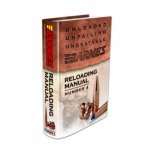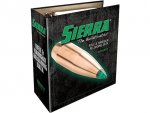Jester896
Senior Clown
Makes total sense. And to answer your question from before… I’d expect the bullet to work properly within the ranges Barnes reports on their loading sheet.
What is this loading sheet you speak of?
If it starts out at 3000 fps, at what distance from you does it drop below 2200 fps?
Barnes bullets don't expand in the normal sense or mushroom in the normal sense. The petals peel back to create a larger wound channel like lead bullets do when they expand or mushroom



